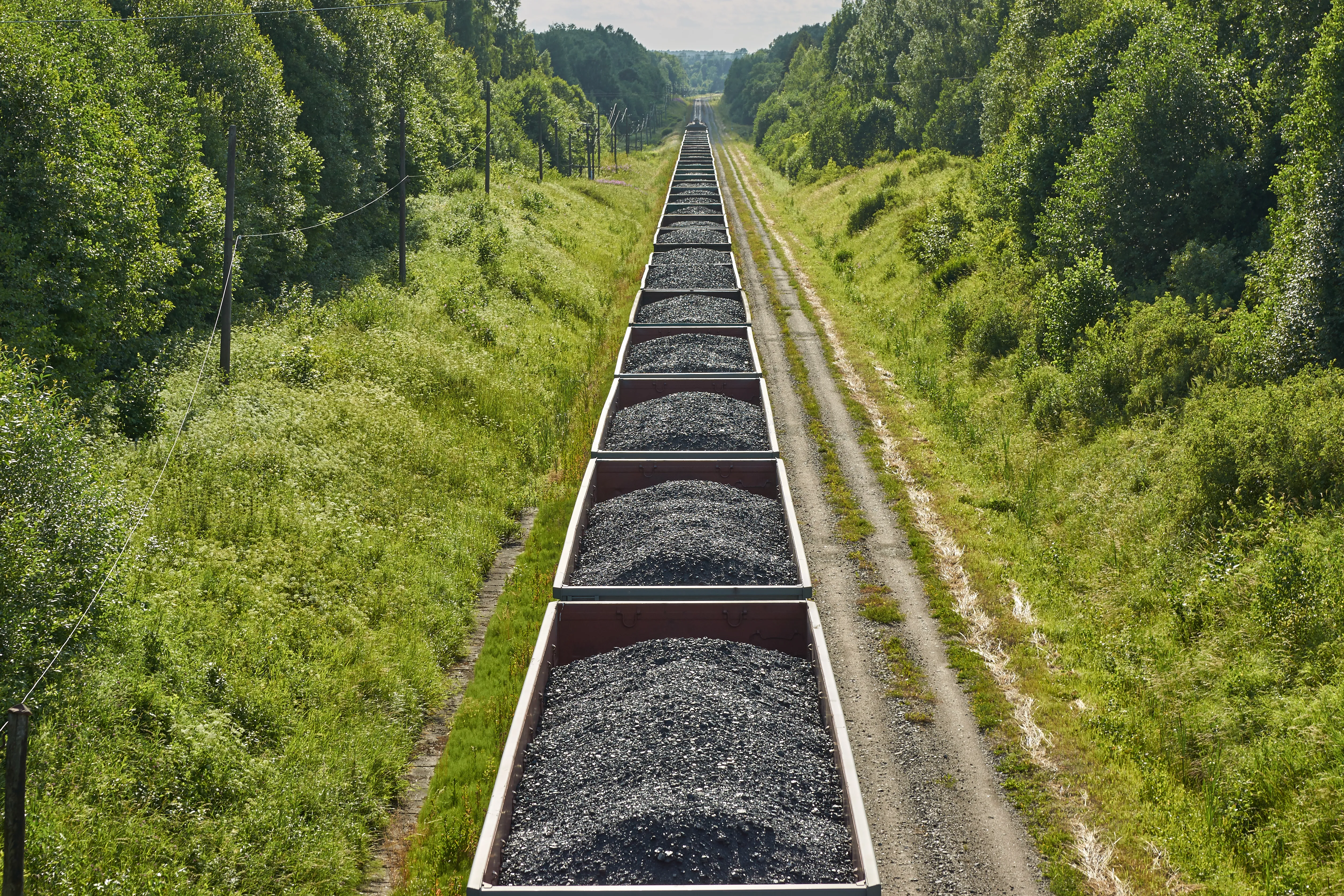
EarthTalk - Will the demand for air conditioning push us over the edge of cataclysmic warming?
© iStock
Dear EarthTalk:
Is it true that as the planet warms, it will be the huge demand for and use of air conditioning that will push us all over the edge of cataclysmic warming?
Joseph Still, New York, NY
As innocuous as it may seem, the common household air conditioner is a significant contributor to climate change! According to researchers from the Department of Energy’s National Renewable Energy Laboratory (NREL) and Xerox’s Palo Alto Research Center (PARC), almost four percent of global greenhouse gas emissions are the result of air conditioning use alone.
Even more worrisome, that number is expected to grow. AC usage, especially in countries like India, China, and Indonesia, has been increasing steadily as average yearly income increases. In an analysis by the International Energy Agency, it was found that AC use would likely triple by 2050.
AC usage is of course problematic, but it is also unavoidable, so what can we do? For starters, there are improvements that could be made regarding the engineering of AC units. Interestingly enough, the technology is quite archaic—in fact, it is nearly the same as it was 100 years ago.
Many air conditioners use a vapor compression cycle to cool the air inside your home. It is a system that requires refrigerants—chemical compounds like chlorofluorocarbons and hydrochlorofluorocarbons—to accomplish the cooling effect. However, most of these refrigerants destroy the ozone layer.
Thankfully, more modern air conditioners avoid the use chlorofluorocarbons and hydrochlorofluorocarbons, opting for less destructive refrigerant alternatives. There are dozens available that do not harm the ozone layer; however, they are still considered greenhouse gasses.
Despite these improvements, modern air conditioners will still need a lot of re-engineering if we hope to ever make them carbon neutral. They are very inefficient, not just use, but in their production and transportation, too. According to the NREL and Xerox PARC study, of the 1,950 million tons of carbon dioxide (CO2) released into the atmosphere because of AC use every year, only 531 million tons are associated with actually cooling the air; 599 million tons of CO2 are associated with the dehumidification process, and 820 million tons are due solely to leakage during production and transportation.
Fortunately, there are a few worthwhile prototypes being tested today that may finally change the AC game for good. The startup Transaera has been testing what they call metal organic fibers (MOF’s), a type of manufactured, highly porous material, that is capable of passively pulling moisture from the air. Since almost half the energy usage of a traditional AC unit is spent on dehumidification, passive dehumidification would translate into huge energy savings, and therefore, huge carbon savings as well.
Another startup known as Blue Frontier has been working on an AC unit that uses liquid desiccants (drying agents) to passively dehumidify the air that passes through it. In addition, the machine only uses refrigerants to regulate a heat pump that maintains the salt concentration of the desiccants. This vital change in design separates contact between the air passing through the machine and the refrigerant itself, thereby preventing refrigerant leakage. The result is an AC unit that contributes 85-87 percent less carbon emissions than traditional AC units!
CONTACTS
- Blue Frontier, bluefrontierac.com/
- Transaera, transaera.com/.

















